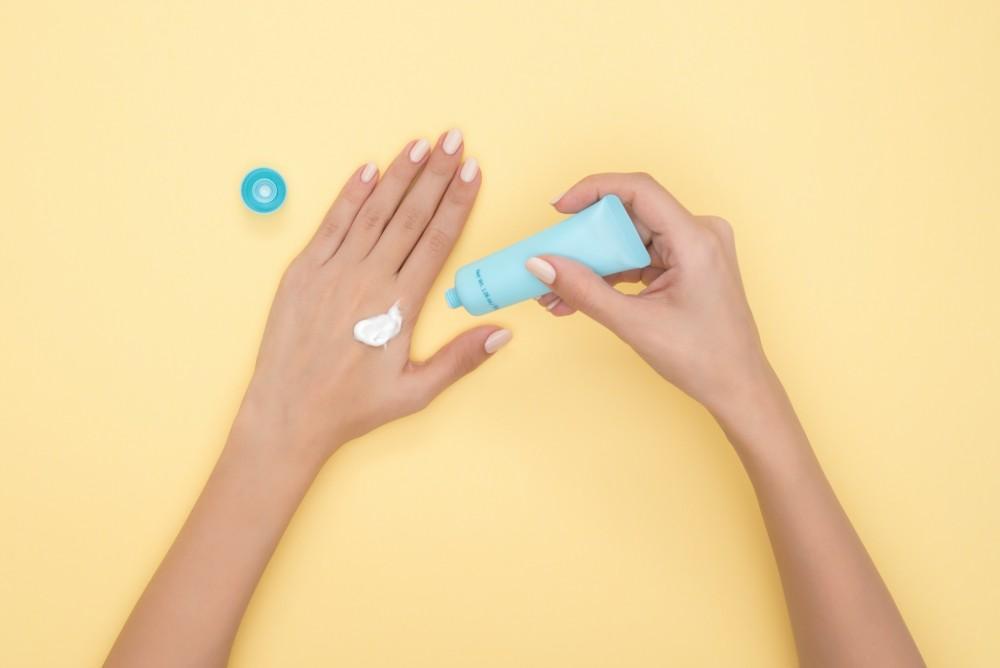
Rosacea: What is it and how is it treated?

Rosacea is a common skin condition that typically affects individuals over the age of 30, but it can also affect those in their 20s. It is characterized by redness, flushing, and visible blood vessels on the face, as well as bumps and pimples that can resemble acne.
The exact cause of rosacea is unknown, but it is believed to be a combination of genetic and environmental factors. Individuals with fair skin, a family history of rosacea, and a tendency to flush easily are at an increased risk of developing the condition. Other factors that may contribute to the development of rosacea include sun exposure, heat, spicy foods, alcohol, and stress.
The pathogenesis of rosacea is complex and involves abnormalities in the immune system, blood vessels, and nervous system. In individuals with rosacea, the immune system may overreact to certain triggers, causing inflammation and redness in the skin. Abnormalities in the blood vessels may also contribute to the redness and flushing seen in rosacea. Additionally, the nervous system may play a role in the development of rosacea, as individuals with the condition may have an increased sensitivity to certain stimuli.
The most common symptom of rosacea is persistent redness on the central face, including the cheeks, nose, forehead, and chin. This redness may be accompanied by a burning or stinging sensation and may become more pronounced after exposure to triggers such as heat or sun exposure.
In addition to redness, individuals with rosacea may also experience small red bumps or pimples on the affected areas of the face. Over time, these bumps may become more pronounced and can lead to thickening of the skin and enlargement of the nose, a condition known as rhinophyma.
Treatment for rosacea is guided by your board-certified dermatologist. This typically involves a combination of medications and lifestyle modifications. In individuals in their 20s, topical treatments are often the first line of therapy. Topical medications such as metronidazole, azelaic acid, and ivermectin can help reduce inflammation and redness and improve the appearance of bumps and pimples.
In addition to topical medications, lifestyle modifications can also help manage the symptoms of rosacea. These modifications may include avoiding triggers such as heat, sun exposure, spicy foods, and alcohol, as well as practicing good skincare habits such as using gentle cleansers and moisturizers and avoiding harsh scrubs or exfoliants.
In more severe cases of rosacea, oral medications such as antibiotics or isotretinoin may be necessary. Antibiotics can help reduce inflammation and improve the appearance of bumps and pimples, while isotretinoin can help reduce oil production and improve skin texture. However, these medications can have significant side effects and should only be used under the guidance of a dermatologist.
If you are struggling with rosacea or rosacea like symptoms, schedule with one of our board-certified dermatologists at Elevation Dermatology to start a personalized treatment regimen.
You Might Also Enjoy...


Does Cold Weather Affect Your Skin?

Salicylic Acid Peels: The Ideal Peel for Acne and Rosacea-Prone Skin

Glycolic Acid Peels: Everything You Need To Know

Telehealth: The Advantages of Telemedicine


